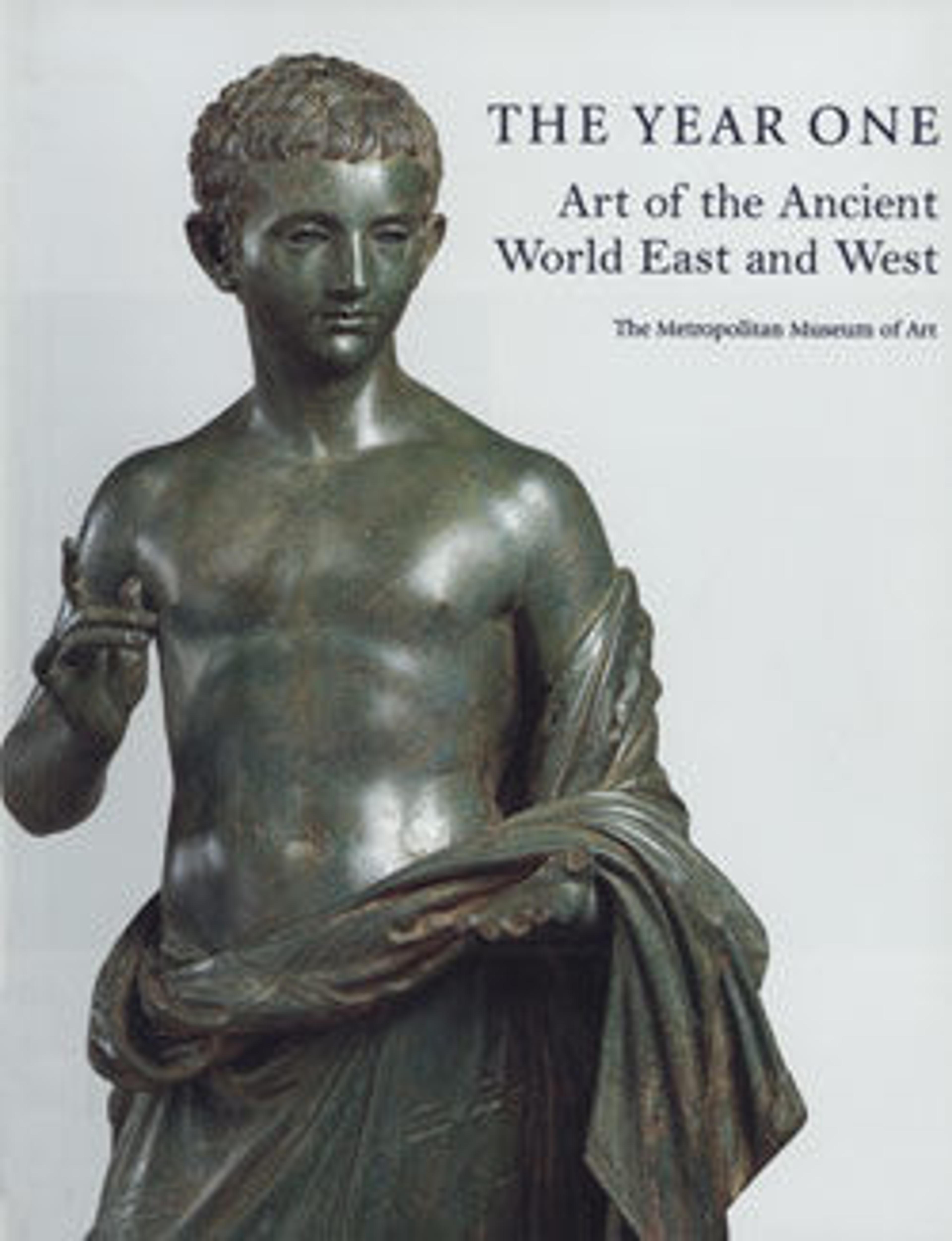Storage jar
Contributions from Chinese and Korean immigrants enhanced the cultural complex—including wet-rice agriculture, bronze technology, spinning and weaving techniques, and a new ceramic aesthetic—that defines the Yayoi period in Japan. The elegant form of this jar was built of clay coils and then smoothed to an even base. Used for grains or liquid, this capacious jar is enhanced by bands of clay. The small tapered bottom indicates that this jar was supported either with a separate base or by inserting it into a depression in the ground.
Artwork Details
- Title: Storage jar
- Period: middle Yayoi period (ca. 100 BCE–100 CE)
- Culture: Japan
- Medium: Earthenware with applique
- Dimensions: H. 16 in. (40.6 cm); Diam. of rim 8 3/4 in. (22.2 cm); Diam. 11 in. (27.9 cm); Diam. of base 1 1/2 in. (3.8 cm)
- Classification: Ceramics
- Credit Line: Gift of Florence and Herbert Irving, 1992
- Object Number: 1992.252.2
- Curatorial Department: Asian Art
More Artwork
Research Resources
The Met provides unparalleled resources for research and welcomes an international community of students and scholars. The Met's Open Access API is where creators and researchers can connect to the The Met collection. Open Access data and public domain images are available for unrestricted commercial and noncommercial use without permission or fee.
To request images under copyright and other restrictions, please use this Image Request form.
Feedback
We continue to research and examine historical and cultural context for objects in The Met collection. If you have comments or questions about this object record, please contact us using the form below. The Museum looks forward to receiving your comments.
